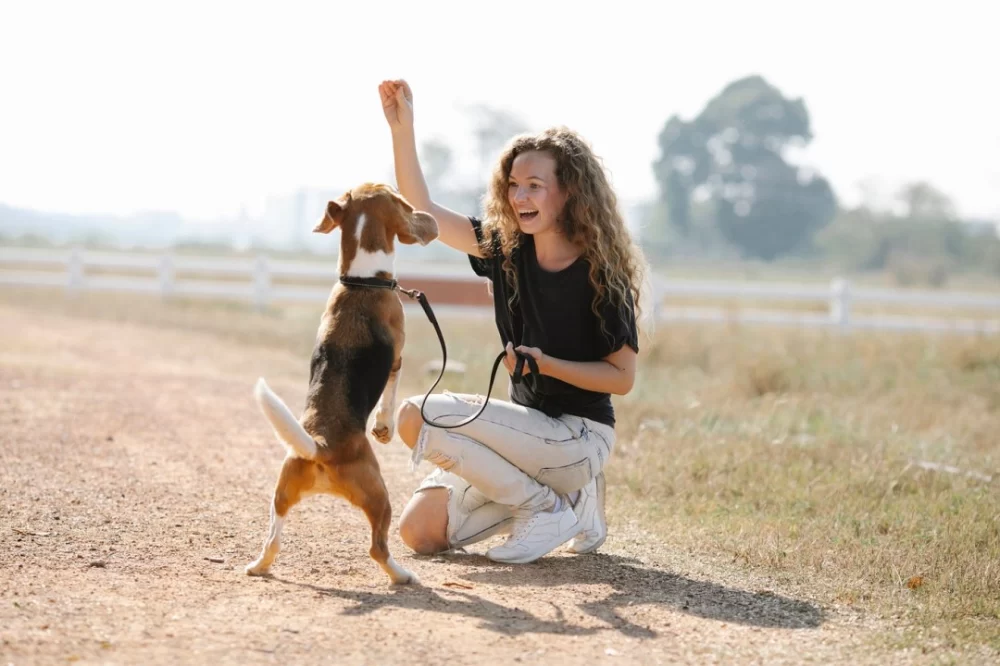- Understanding the Importance of Dog Socialization with Other Animals
- Step-by-Step Guide to Socializing Your Dog with Other Animals
- Common Challenges in Socializing Dogs and How to Overcome Them
- Real-Life Case from Hidden Brook Veterinary
- Maintaining Healthy Relationships Between Dogs and Other Pets
1. Understanding the Importance of Dog Socialization with Other Animals
Socializing a dog with other animals is a crucial part of responsible pet ownership, especially for households that have multiple pets. Good socialization helps dogs develop calm and confident behavior, reducing stress and aggression when they encounter other animals. It also promotes a safe and harmonious living environment where all pets coexist peacefully.
Dogs that lack exposure to other species or unfamiliar animals can become fearful or overly reactive, leading to behavioral problems. By learning how to socialize a dog with other animals properly, owners can prevent these issues and encourage positive interactions.
The broader benefits of socialization
Beyond just preventing negative behaviors, socialization enriches a dog’s life by providing mental stimulation and opportunities for play and bonding. Well-socialized dogs are often happier and more adaptable, which makes life easier for both pets and their owners.
2. Step-by-Step Guide to Socializing Your Dog with Other Animals
Successfully socializing your dog with other animals involves patience, observation, and careful planning. Here’s a detailed approach to help you along the way:
Step 1: Assess Your Dog’s Temperament
Before introducing your dog to other animals, evaluate their natural behavior. Is your dog shy, curious, or dominant? Understanding their temperament will help you tailor your approach.
Step 2: Controlled Initial Introductions
Start with calm, controlled environments. Keep your dog on a leash during first meetings and choose neutral territory to reduce territorial instincts. Allow the animals to observe each other from a distance before permitting closer contact.
Step 3: Use Positive Reinforcement
Reward your dog with treats and praise when they show calm or friendly behavior around other animals. Positive reinforcement builds good associations and encourages repeated desirable actions.
Step 4: Gradual Increase of Interaction
Slowly increase the duration and closeness of interactions as your dog becomes more comfortable. Watch body language carefully to avoid stress or aggression, and separate the animals if tension arises.
Step 5: Supervised Off-Leash Time
Once your dog consistently behaves well on leash, allow supervised off-leash interactions in safe, enclosed spaces. This stage builds trust and natural social skills among pets.
3. Common Challenges in Socializing Dogs and How to Overcome Them
Socializing a dog with other animals is rewarding but often comes with obstacles. Recognizing and addressing these challenges is key to success.
Challenge 1: Fear or Anxiety
Some dogs react fearfully toward unfamiliar animals. Gradual exposure combined with positive reinforcement and safe distance management can reduce anxiety over time.
Challenge 2: Aggression or Territorial Behavior
Dominance or territorial instincts can cause aggression. Training that focuses on impulse control and obedience, alongside professional guidance if needed, helps manage these behaviors.
Challenge 3: Different Species Dynamics
Dogs may respond differently to cats, rabbits, or other pets due to predatory instincts or unfamiliarity. Controlled, slow introductions and respecting each species’ comfort zones are essential.
4. Real-Life Case from Hidden Brook Veterinary
Hidden Brook Veterinary recently assisted a client struggling with introducing their young dog to a household cat. Initially, the dog displayed excitement bordering on aggression, while the cat was understandably anxious.
The veterinary team recommended a structured socialization plan: starting with scent swapping to familiarize the animals’ smells, followed by brief, supervised visual introductions through a barrier. Gradually, the dog was rewarded for calm behavior and given commands to focus attention away from the cat.
Over six weeks, the dog and cat progressed to spending supervised time in the same room, eventually developing a peaceful coexistence. This case underscores how professional guidance combined with patience can successfully teach owners how to socialize a dog with other animals.
5. Maintaining Healthy Relationships Between Dogs and Other Pets
Socialization is just the beginning. Long-term harmony requires ongoing attention and care.
Consistent Routine
Maintaining a predictable routine reduces stress and territorial disputes among pets. Regular feeding, play, and rest schedules help establish security.
Continued Supervision
Especially in multi-species homes, keep an eye on interactions to intervene early if issues arise. Understanding subtle body language can prevent conflicts.
Enrichment and Individual Attention
Provide each pet with adequate mental and physical stimulation. This reduces boredom and competition for resources.
If you need tailored advice or resources on socializing your dog with other animals, Hidden Brook Veterinary offers expert consultations and carefully selected products to support your pet’s well-being and household harmony.












